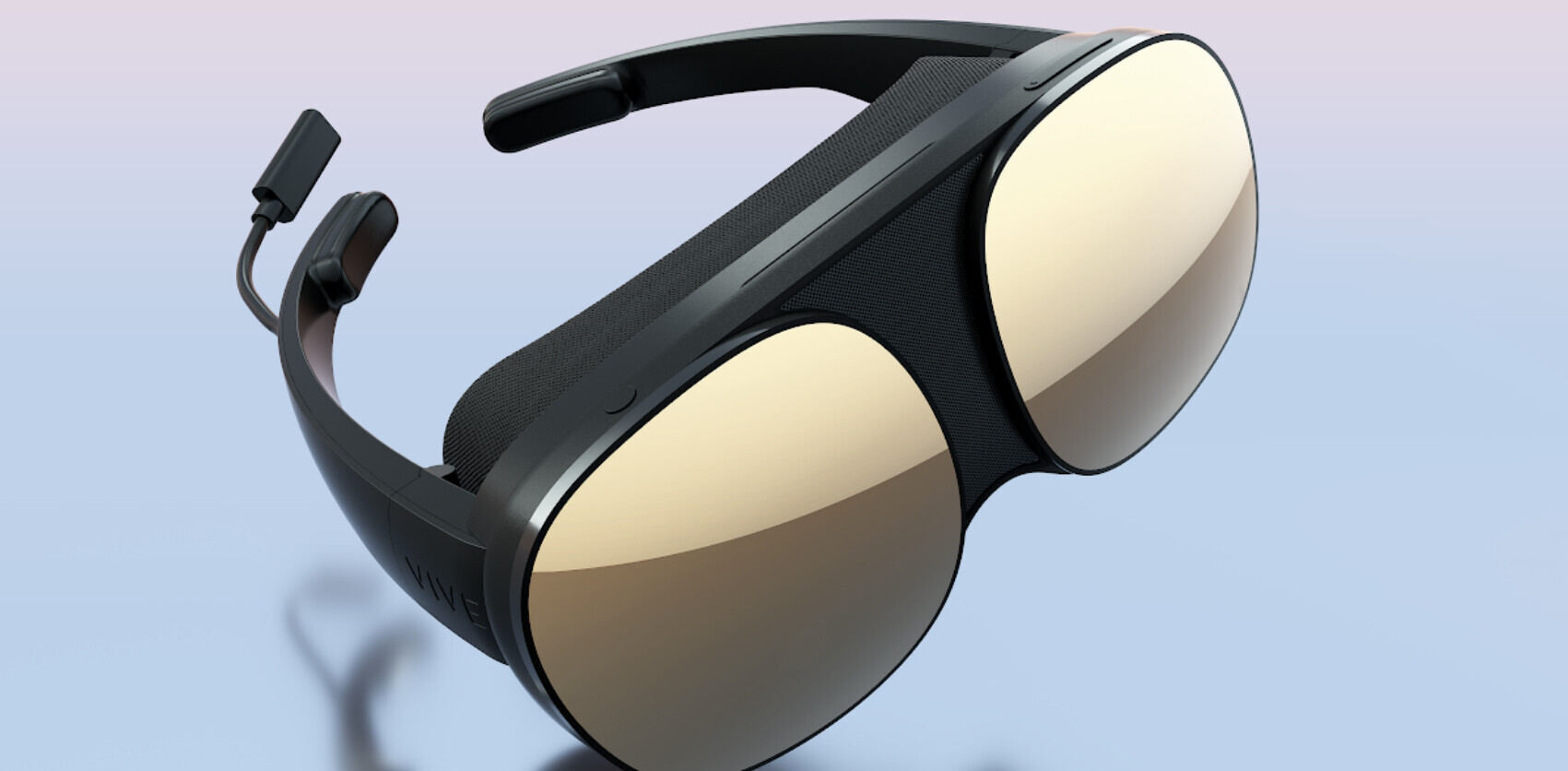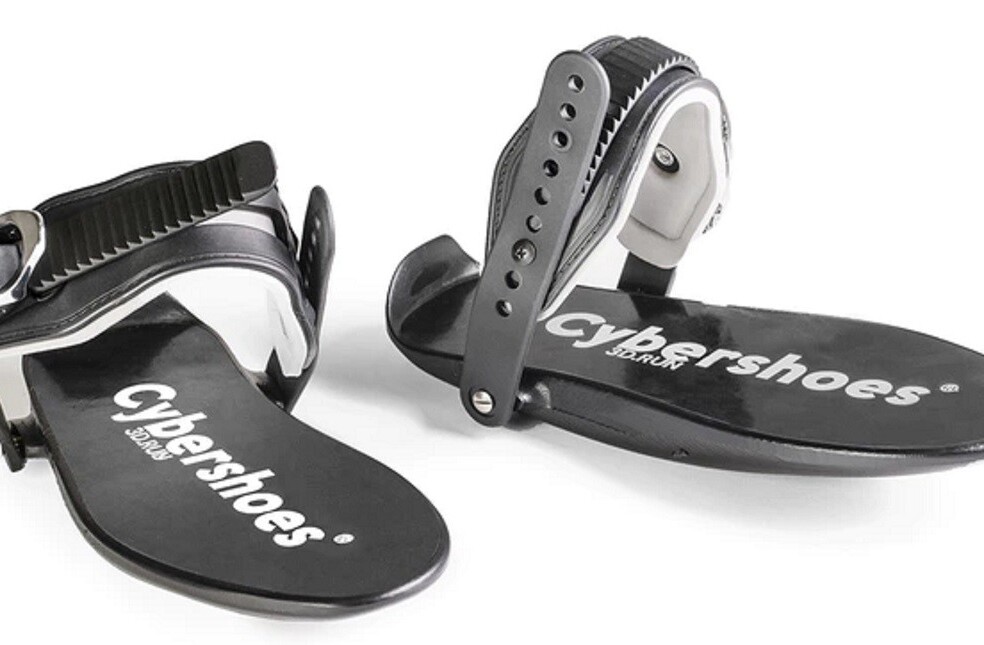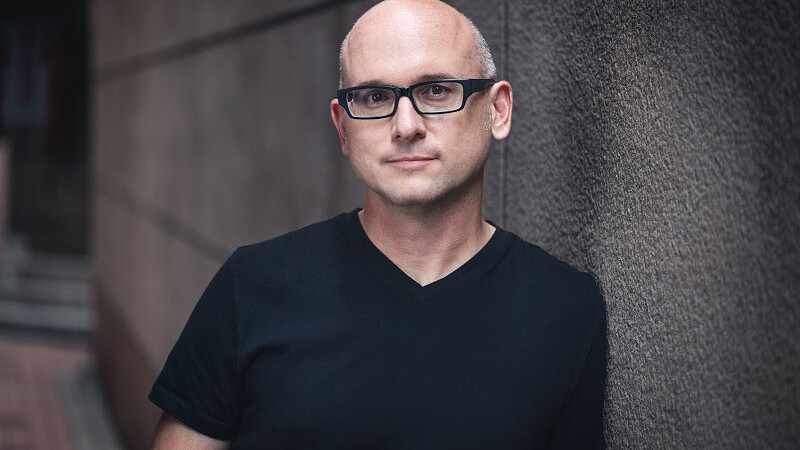
You may not know Scott Croyle’s name, but you definitely his products. Before leading the charge at Nextbit to bring us the Robin, Croyle was the lead designer at HTC, and is responsible for the M7.
We caught up with Croyle at Tech Open Air Berlin to discuss what he’s up to, and take him to task about antenna lines.
The Next Web: When you were with HTC, the One M7 ushered in a new era of aluminum smartphone design — which some say Apple is still taking inspiration from. Did you know it would be this big of a deal when you were initially designing it?
Scott Croyle: We had done this other phone called HTC Legend which had a metal unibody and a plastic antenna cap that also worked as a battery door. When we started on the M7, we knew that if we could pull it off it would be a big breakthrough because it essentially would eliminate the need for the ill-fitting plastic cap. In addition, we introduced zero-gap manufacturing where we integrated the metal and plastic into a single part. I remember getting the first parts and immediately knew we had something special.
TNW: On that note, antenna lines are pretty much your fault. We’re giving you this opportunity to apologize for them.
SC: Ha! I’ll take that. The reality is that once Apple and other manufacturers followed with the slot antenna technology, it meant that most phones would basically look the same now because the technology is so specific in its implementation.
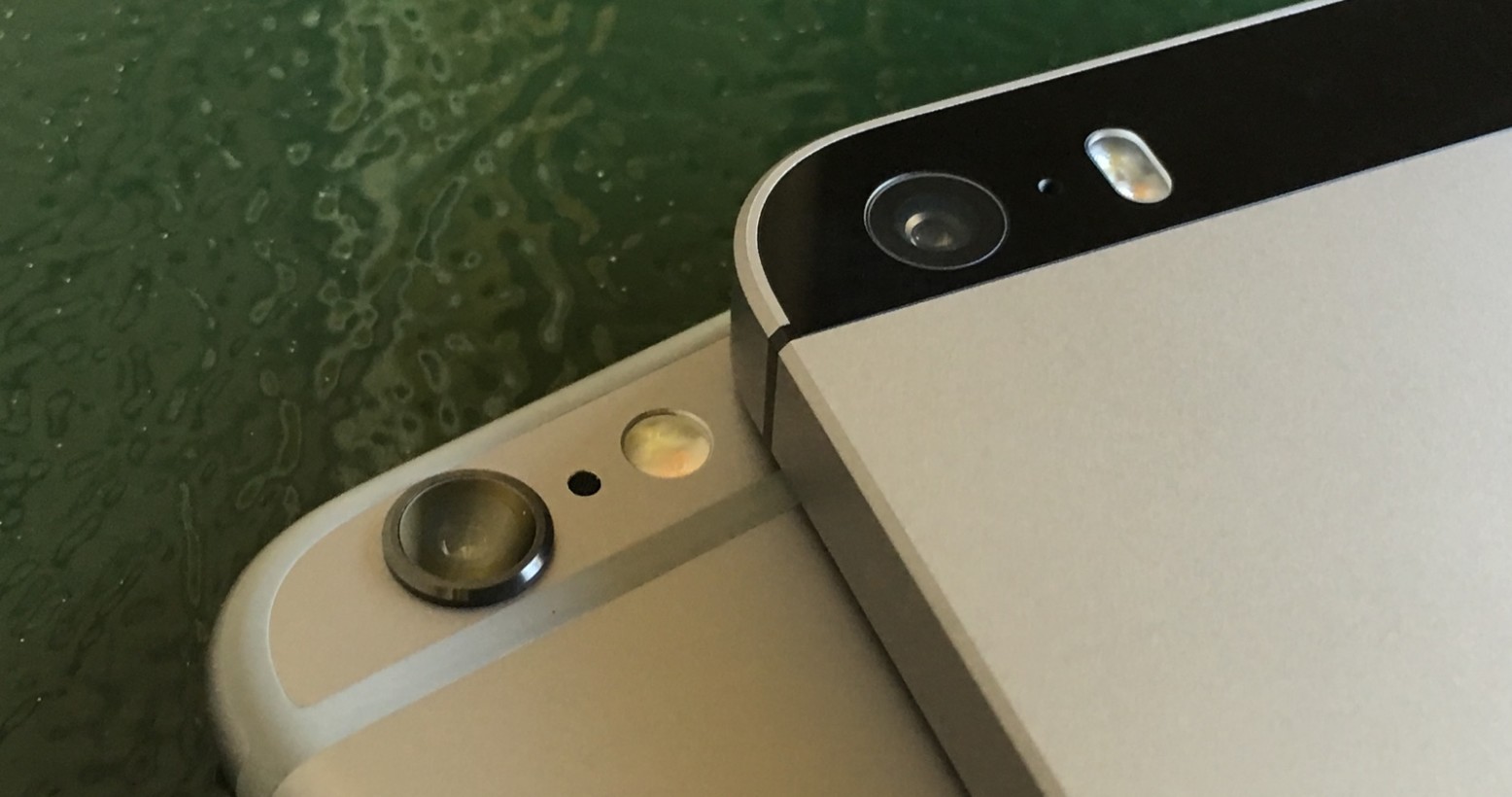
TNW: Where HTC phones were (and are) curvy and metal, the Nextbit Robin is the antithesis — it’s squared and plastic. Was there a conscious choice to set it apart via design, or did it just happen organically?
SC: It was organic. The direction to the team was to design the phone they wanted to carry… nothing more. And what we all wanted was something that was original and fresh, felt great in the hand and didn’t follow conventional wisdom of traditional phone design.. something that really struck a different note.
TNW: Did the cloud-reliant infrastructure of the Robin influence its hardware? If so, how?
SC: With the Nextbit OS, we took a fairly radical approach by integrating the cloud into the OS, but we did it smartly so it doesn’t drain your battery or use the carrier networks except in rare occasions. With that as the foundation, we wanted Robin to have a similar radical approach, meaning both the OS and the phone design should reflect Nextbit’s desire to set our own path.
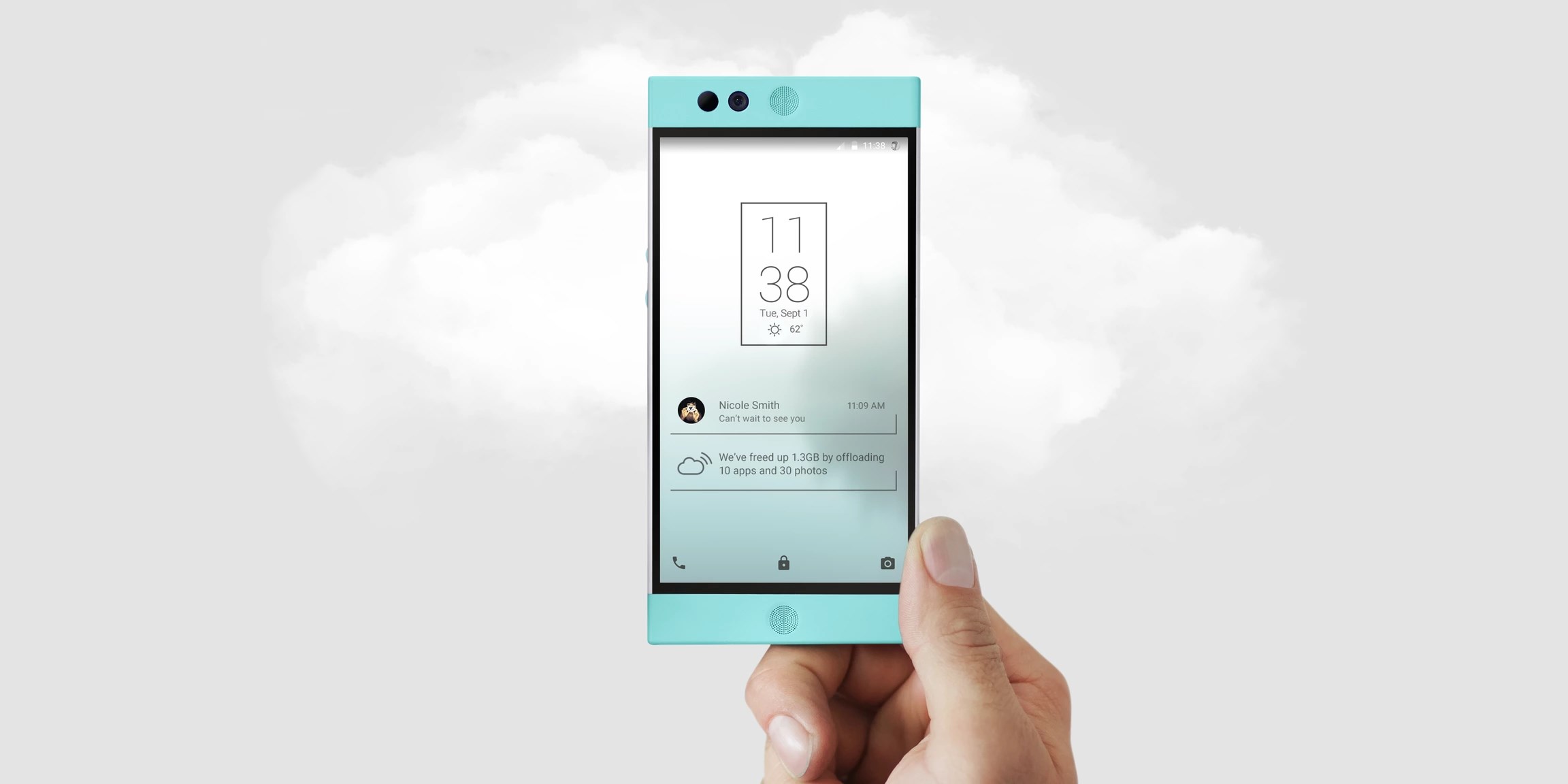
TNW: There’s a new era of low-cost, high-performance Android smartphones (OnePlus, etc.). How do you see Robin fitting in and making its mark, especially without carrier involvement?
SC: I hope that Robin and the Nextbit OS prove that you don’t have to copy the big boys to be successful – that you can have a unique point of view and be successful. Too often manufacturers just riff off other mainstream products because it feels safe. I’d like to see more companies have a point of view about design, otherwise we’re heading toward a very boring world of commoditized, generic products.
TNW: What’s next for Scott Croyle and Nextbit?
SC: You’ll have to wait and see what’s next!
Get the TNW newsletter
Get the most important tech news in your inbox each week.

